How do I swap crypto?
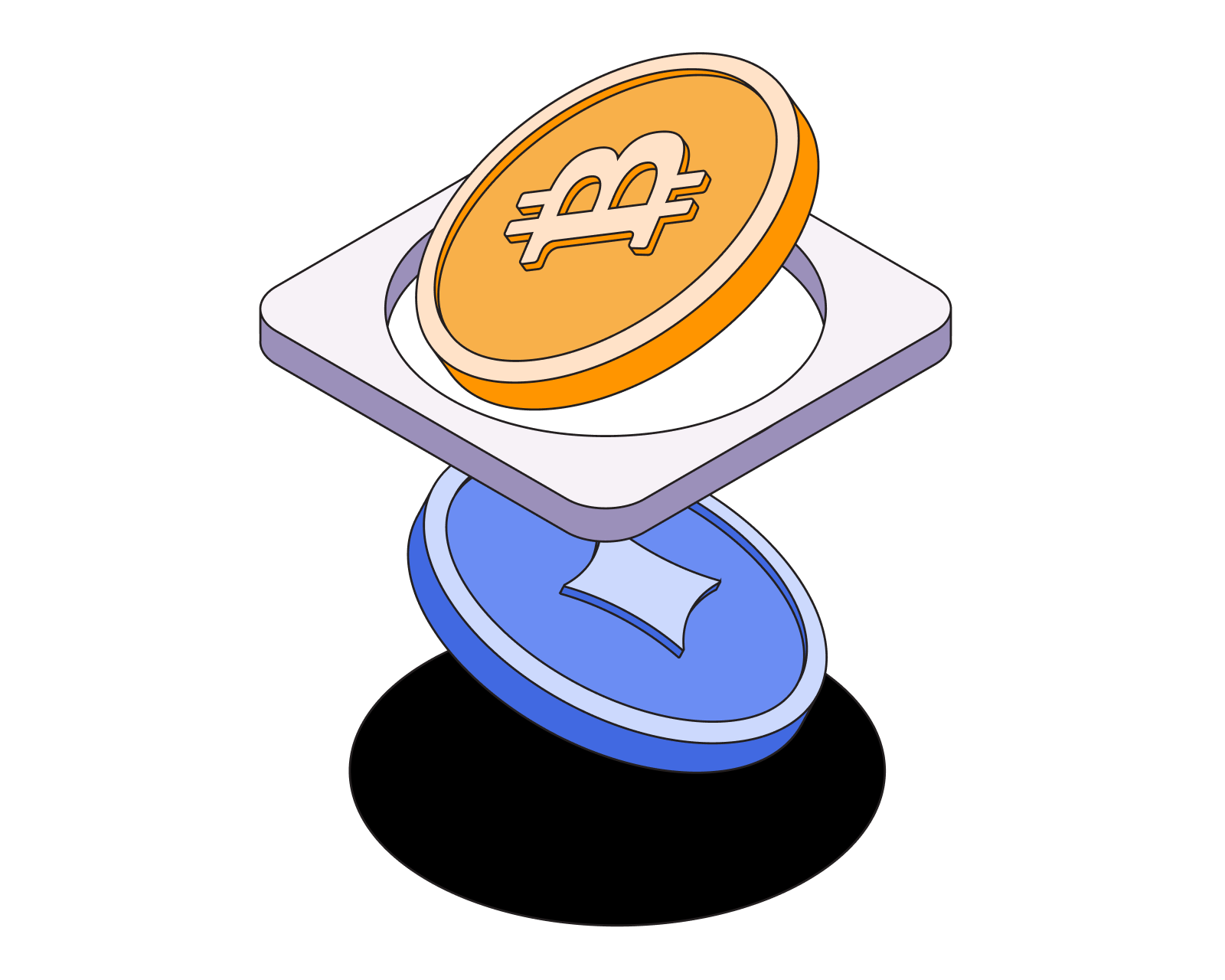
Table of Contents
- Why should I swap from one crypto to another?
- Key points to consider when swapping between cryptocurrencies
- Not your keys, not your coins!
- What are the fees for swapping cryptocurrency?
- Ways to swap cryptocurrency
- Swapping cryptocurrency with the multi-chain Bitcoin.com Wallet app
- Swapping cryptocurrency via the Bitcoin.com swaps website
- Swapping cryptocurrency via a centralized cryptocurrency exchange
- Swapping cryptocurrency using a decentralized exchange
Why should I swap from one crypto to another?
There are many reasons why you might want to swap from one cryptoasset to another.
Swap to smart contract enabled chain
Some blockchains like Bitcoin have a primary focus as a financial instrument, while smart contract enabled chains such as Ethereum enable decentralized apps (DApps). Using DApps opens up the wide world of DeFi. Swap on DEXs, earn yield or take out a loan on crypto lending platforms, purchase NFTs on NFT exchanges, and much more.
Read more: DeFi use cases.
Swap to a lower transaction fee chain
Ethereum is the most popular blockchain, but can have high transaction fees compared to other low-fee EVM compatible chains such as Avalanche and Polygon. Transaction fees become important when using DeFi applications, since each transaction can easily cost tens of dollars.
Diversify your portfolio
Many users simply want to have a well diversified portfolio. Investing in both digital gold and digital cash while keeping some reserves in stablecoins allows users to feel like they don't have all of their eggs in one basket.
Read more: What are Altcoins?.
Read more: Bitcoin vs. Altcoins: A Comparative Analysis for Investors.
Swap to a stablecoin
Other users might simply want to escape the volatility of cryptocurrency. BTC, ETH, and other cryptoassets prices change every minute of every day. There is no market-open or market-close like in traditional stocks, as trading taking places 24h per day, 7 days per week.
If the price recently went up a considerable amount, some users may want to lock in those gains by swapping from BTC into USDT or USDC. Stablecoins such as USDT and USDC are pegged to the US dollar, allowing users to escape the volatility of crypto in place of the wider perceived stability of the US dollar.
If the price is going down, some users may also worry the price will continue to go down further. Stablecoins provide the fastest way to make your personal choice whether to escape volatility or not.
Read more: What are stablecoins?
Read more: Bitcoin vs Stablecoins: Key Differences and Use Cases.
Key points to consider when swapping between cryptocurrencies
There are two main points to consider when swapping crypto:
- Platforms/venues
- Where your crypto goes
Platforms/venues for swapping crypto include digital wallet providers, centralized spot exchanges (CEXs), decentralized exchanges (DEXs), OTC desks (private 'Over-The-Counter' exchange services used primarily by high-net-worth individuals), peer-to-peer marketplaces, and even payment apps like PayPal.
As for where your crypto goes after you swap it, the options are:
Into a crypto wallet you control (ie. a 'self-custodial' wallet like the multi-chain Bitcoin.com Wallet app)
Into a crypto wallet someone else controls (eg. a centralized crypto exchange or a payment app like PayPal).
Not your keys, not your coins!
When you hold crypto in a wallet you control (known as a ‘self-custodial’ or 'non-custodial' wallet), you never have to ask for permission to use it. This means you can receive your crypto without waiting for a third party like a centralized exchange to approve the transaction. It also means you can send your cryptoassets wherever you want, whenever you want.
By contrast, many custodial crypto wallets impose severe restrictions on what you can do with your crypto. For example, you may be asked to register an address before sending crypto to it, and you may be required to wait several days before being allowed to make a withdrawal. In some cases, withdrawals of any kind are simply not permitted. It's also not uncommon to have your account frozen altogether. If you've been deemed a security or fraud risk, for example, you may be locked out of your account with no recourse to action.
The best self-custodial crypto wallets also enable you to customize the 'network fee' each time you send. This means you can save money on transaction fees when you're not in a rush, or pay more to send faster when you are.
Perhaps most importantly, self-custodial crypto are more secure. As long as you maintain key management best practices, you'll never have to worry about getting hacked, nor will you be exposed to counter-party risks like a centralized exchange getting hacked or going bankrupt. Red more about these risks here.
If you don't have a crypto wallet yet, we encourage you to consider the multi-chain Bitcoin.com Wallet app. It’s the easy-to-use, self-custodial crypto wallet trusted by millions.
Read more: What's a self-custodial crypto wallet?
What are the fees for swapping cryptocurrency?
Fees for swapping crypto depend on the payment method and platform/venue used. For example, if you're swapping on a decentralized exchange, you'll need to consider the 'network fee' for transacting on the blockchain plus the fee for using the exchange. Decentralized exchanges tend to have the lowest fees for using their services.
Read more: What is ETH gas and how do fees work in Ethereum?
Beyond that, exchange services charge additional fees for facilitating trades. In general, you'll pay lower overall fees for larger trades, so it often makes sense to avoid making many small trades.
Ways to swap cryptocurrency
Having gone through the basics of swapping crypto, let's look in more detail at the methods and processes.
Swap crypto:
- With the multi-chain Bitcoin.com Wallet app
- From the Bitcoin.com website
- From a centralized crypto exchange
- Use a decentralized exchange
Swapping cryptocurrency with the multi-chain Bitcoin.com Wallet app
Cryptocurrency wallets allow you to swap cryptoassets conveniently from within the wallet app, and the Bitcoin.com Wallet app is no exception. Importantly, the Bitcoin.com Wallet app is fully self-custodial. This means you're always in complete control of your crypto. Here's the process for swapping crypto using the Bitcoin.com Wallet app app:
- Open the Bitcoin.com Wallet app app on your device.
- From the app’s home screen, tap the “Swap" button (it’s at the top right and the bottom left of the home screen).
- Select the assets you want to swap. For example, swap from Bitcoin (BTC) → Ethereum (ETH).
- Input the amount you'd like to swap. You can enter the amount in the "swap from" or "swap to" asset.
- Select the wallet for the asset you'd like to swap into. For example, if you're swapping into Ethereum, you may want to receive it in your "My Ethereum Savings" wallet.
- Tap on, “GET QUOTE" button.
- Check the details and slide the “Slide to Swap" button to confirm.
A push notification and alert in app will let you know when the swap is confirmed. The time it takes to complete a swap depends on the assets being swapped. For example:
BTC → ETH takes approximately 10 minutes.
ETH → USDT takes less than a minute.
These times are estimations and may vary significantly if the public blockchains are experiencing congestion.
Swapping cryptocurrency via the Bitcoin.com swaps website
You can swap from the Bitcoin.com swaps website.
Here's the process for swapping from our website:
- Select the assets you want to swap. For example, swap from Bitcoin (BTC) → Ethereum (ETH).
- Input the amount you'd like to swap. You can enter the amount in the "swap from" or "swap to" asset.
- Change the “swap from" or “swap to" wallets by clicking on “Change." For example, if you're swapping into Ethereum, you may want to receive it in your "My Ethereum Savings" wallet.
- Click the “Swap Preview" button. A popup will reveal a QR code, and below that a crypto address with a copy icon.
- If on mobile:
Tap the copy icon to save the address to your clipboard. Open the Bitcoin.com Wallet app app and tap “Send." Tap the asset you are swapping from, for example Bitcoin. Paste the address from your clipboard.
If on your desktop or laptop:
Open the Bitcoin.com Wallet app app and tap the QR code scanner icon in the top right corner.
- Input the amount you chose in step 4, then press continue.
- Check the details and slide the button to confirm.
A push notification and alert in app will let you know when the swap is confirmed. The time it takes to complete a swap depends on the assets being swapped. For example:
BTC → ETH takes approximately 10 minutes.
ETH → USDT takes less than a minute.
These times are estimations and may vary significantly if the public blockchains are experiencing congestion.
Swapping cryptocurrency via a centralized cryptocurrency exchange
With this method, the crypto you swap will at first be held by the cryptocurrency exchange on your behalf. If you'd like to take full control of your cryptoassets, you'll need to withdraw it from the exchange to a self-custodial wallet like the Bitcoin.com Wallet app. When you withdraw crypto from an exchange, you'll be subject to the exchange's withdrawal policy and fees. In some cases, you may not be able to withdraw for days or weeks, and the withdrawal fee could be much higher than a transaction fee would normally be.
Read more: How to send crypto.
Here's the typical flow for swapping crypto from a centralized exchange.
- Visit a cryptocurrency exchange website.
- Create an account and verify your identity as required.
- Follow the website’s instructions to send an accepted cryptoasset to your account.
- Your crypto will appear in your exchange account.
- Follow the website’s instructions to swap your cryptoasset for another asset.
- If you'd like to take full control of your crypto, send it from the exchange to an appropriate self-custody wallet (like the Bitcoin.com Wallet app). It’s important to note that self-custody wallets do not support every cryptoasset. Please check to make sure your self-custody wallet is compatible with the cryptoasset you wish to send.
Swapping cryptocurrency using a decentralized exchange
Decentralized exchanges, or DEXs, are an increasingly popular alternative to centralized exchanges (CEXs). DEXs specialize in peer-to-peer transactions of cryptocurrencies and digital assets. Unlike centralized exchanges (CEXs), DEXs do not require a trusted third party (intermediary) to facilitate the exchange of cryptoassets. In addition, DEX fees tend to be considerably lower than CEXs.
Read more: What is a DEX?
Bitcoin.com has built a full-featured DEX called the Verse DEX, available at verse.bitcoin.com. Here's the process for swapping crypto using the Verse DEX. All DEXs will use a similar process.
Read more: What is Verse DEX?.
Trading on a DEX consists of two phases. Phase 1 is connecting your crypto wallet to the DEX. Phase 2 is swapping on the DEX.
Phase 1 - Connect your wallet to Verse DEX
Connect to your favorite Web3 wallet, including the Bitcoin.com Wallet app (via WalletConnect). Here’s how:
On mobile
- Go to Verse.bitcoin.com and select “Connect Wallet."
- Choose WalletConnect as the connection method, and select Bitcoin.com Wallet app.
- In the Bitcoin.com Wallet app, approve the connection request.
On desktop
- Go to verse.bitcoin.com and select “Connect Wallet."
- Choose WalletConnect as the connection method. This will display a QR code.
- Open the Bitcoin.com Wallet app app, select the scanner icon, and scan the QR code that’s displayed on your desktop.
- Tap “CONNECT" in your Bitcoin.com Wallet app app to confirm the connection.

Phase 2 - Swap
Verse DEX enables permissionless trading on multiple chains. Let’s look at swapping on Ethereum, the most popular smart contract enabled chain. Here’s how it works:
On mobile
- Make sure your wallet is connected to the Verse DEX (verse.bitcoin.com) (see above for how to connect).
- On Verse.bitcoin.com, create your swap transaction and select “Swap Preview".
- Approve the swap on your wallet.
- You’re done! You’ll receive the swapped asset in your Bitcoin.com Wallet app when the transaction has been processed on the Ethereum blockchain.
On desktop
- Make sure your wallet is connected to the Verse DEX (verse.bitcoin.com) (see above for how to connect).
- On Verse.bitcoin.com, create your swap transaction and select “Swap Preview".
- Confirm the transaction in your Bitcoin.com Wallet app app.
- You’re done! You’ll receive the swapped asset in your Bitcoin.com Wallet app when the transaction has been processed on the Ethereum blockchain.

Related guides
Start from here →
Learn the basics of cryptocurrency
Are you new to cryptocurrency? Get a simple introduction and learn why crypto matters.
Read this article →
Learn the basics of cryptocurrency
Are you new to cryptocurrency? Get a simple introduction and learn why crypto matters.

How do I send crypto?
Sending crypto is as easy as choosing the amount to send and deciding where it goes.
Read this article →
How do I send crypto?
Sending crypto is as easy as choosing the amount to send and deciding where it goes.
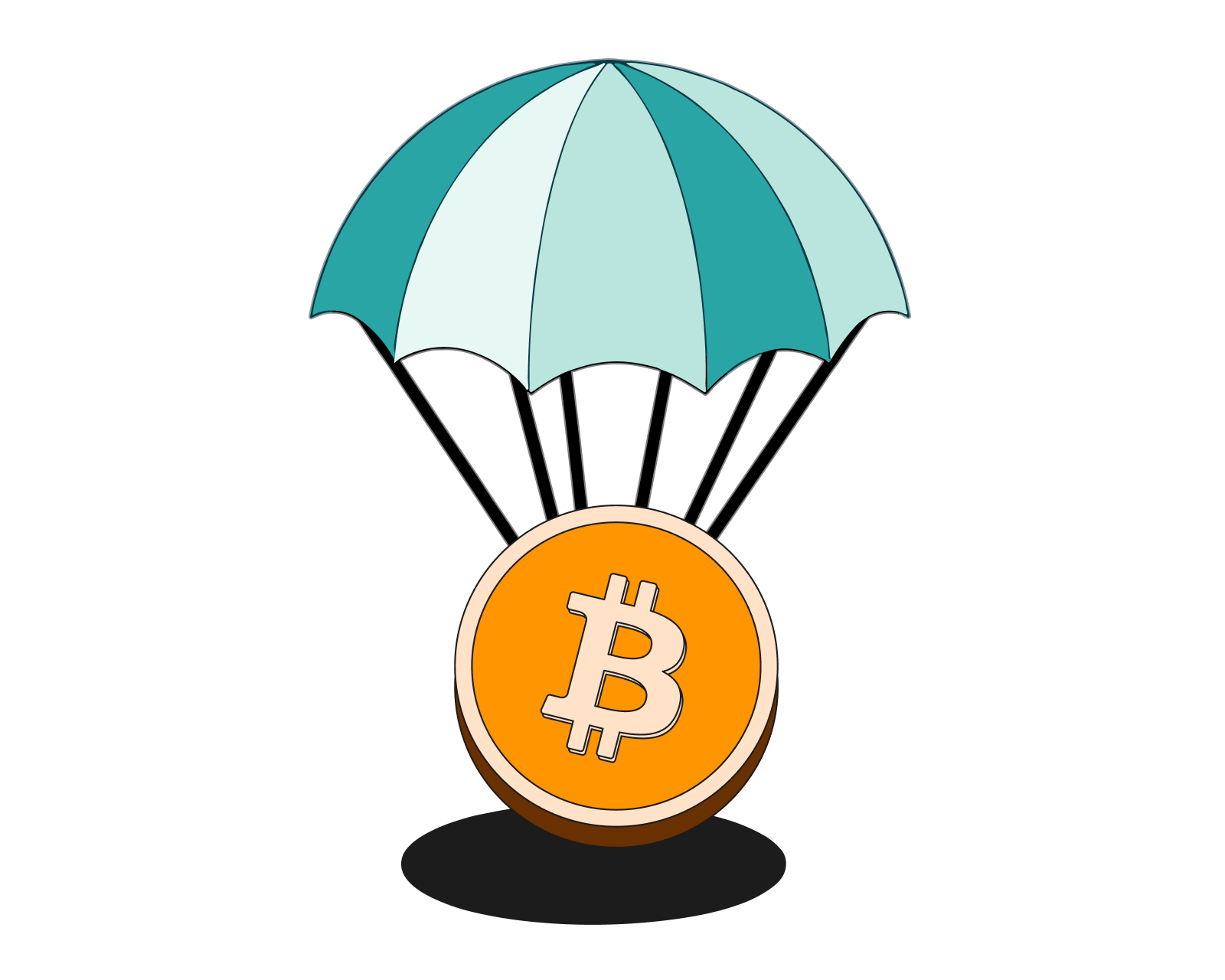
How do I receive crypto?
Receiving crypto is as easy as simply providing the sender with your appropriate crypto address, which you can find in your cryptocurrency wallet.
Read this article →
How do I receive crypto?
Receiving crypto is as easy as simply providing the sender with your appropriate crypto address, which you can find in your cryptocurrency wallet.

How does crypto exchange work?
How safe is it to store your crypto on centralized exchanges?
Read this article →
How does crypto exchange work?
How safe is it to store your crypto on centralized exchanges?
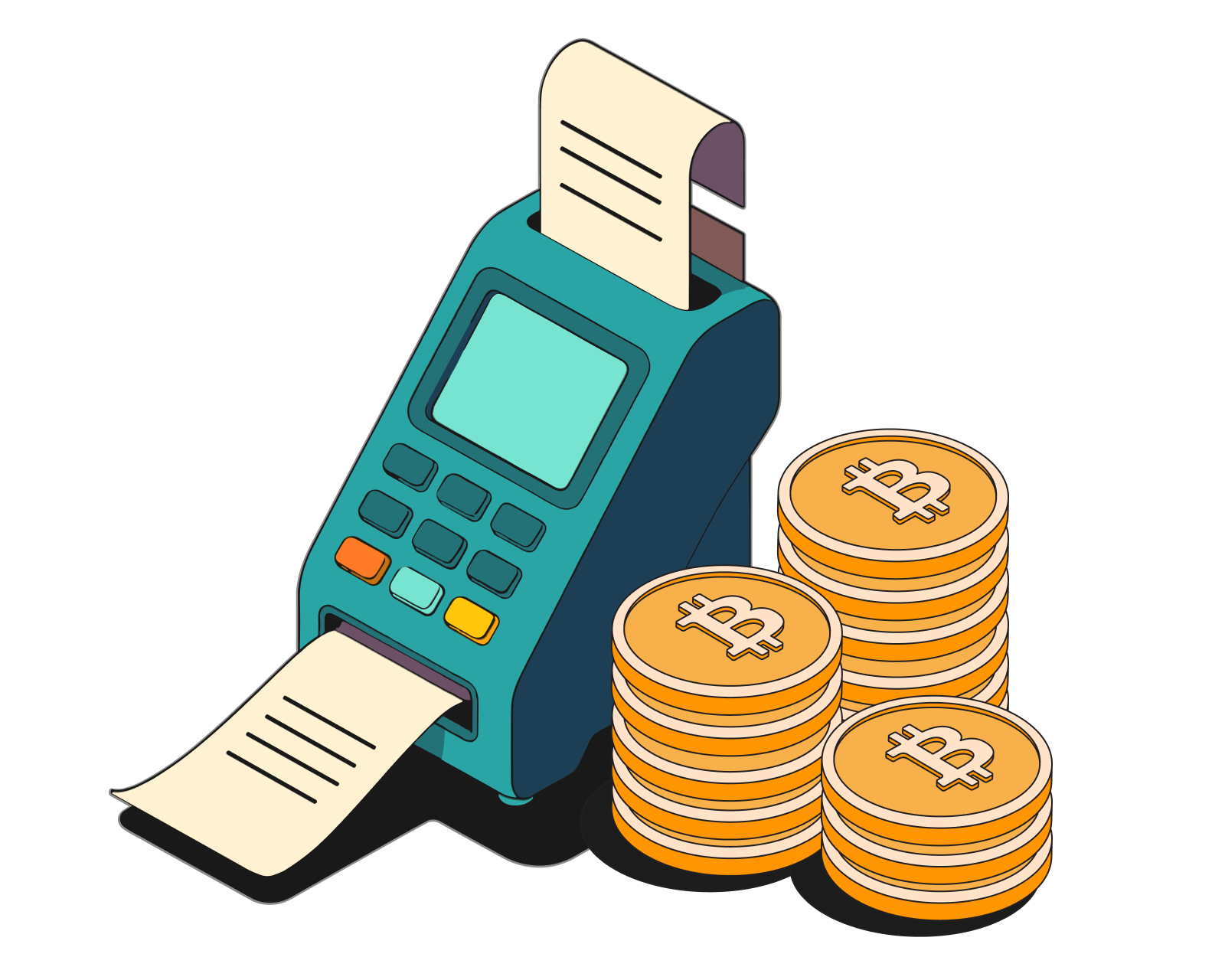

How do I buy crypto?
Learn how to get your first crypto in minutes.
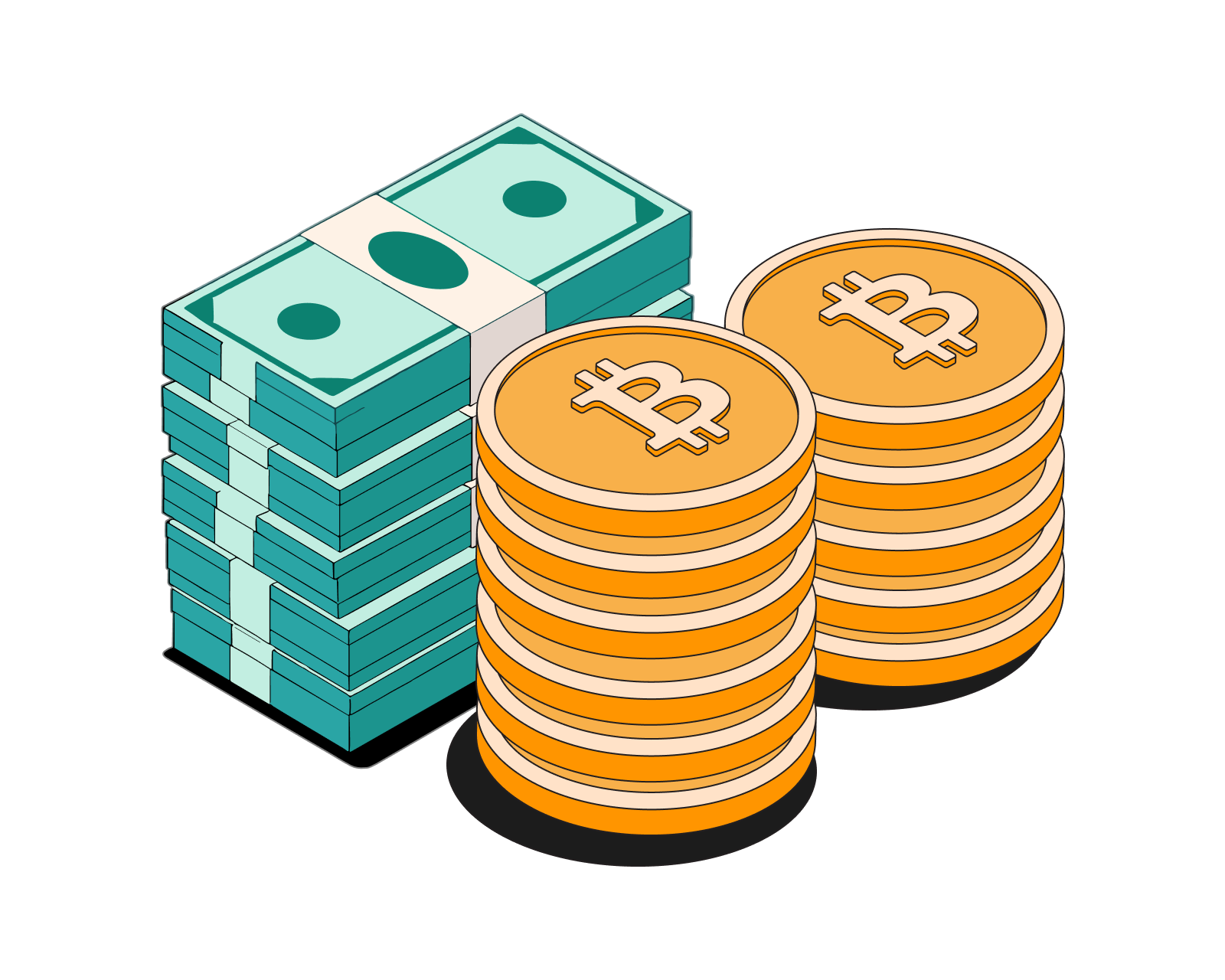

How do I sell crypto?
Learn how to sell crypto into local currency safely.
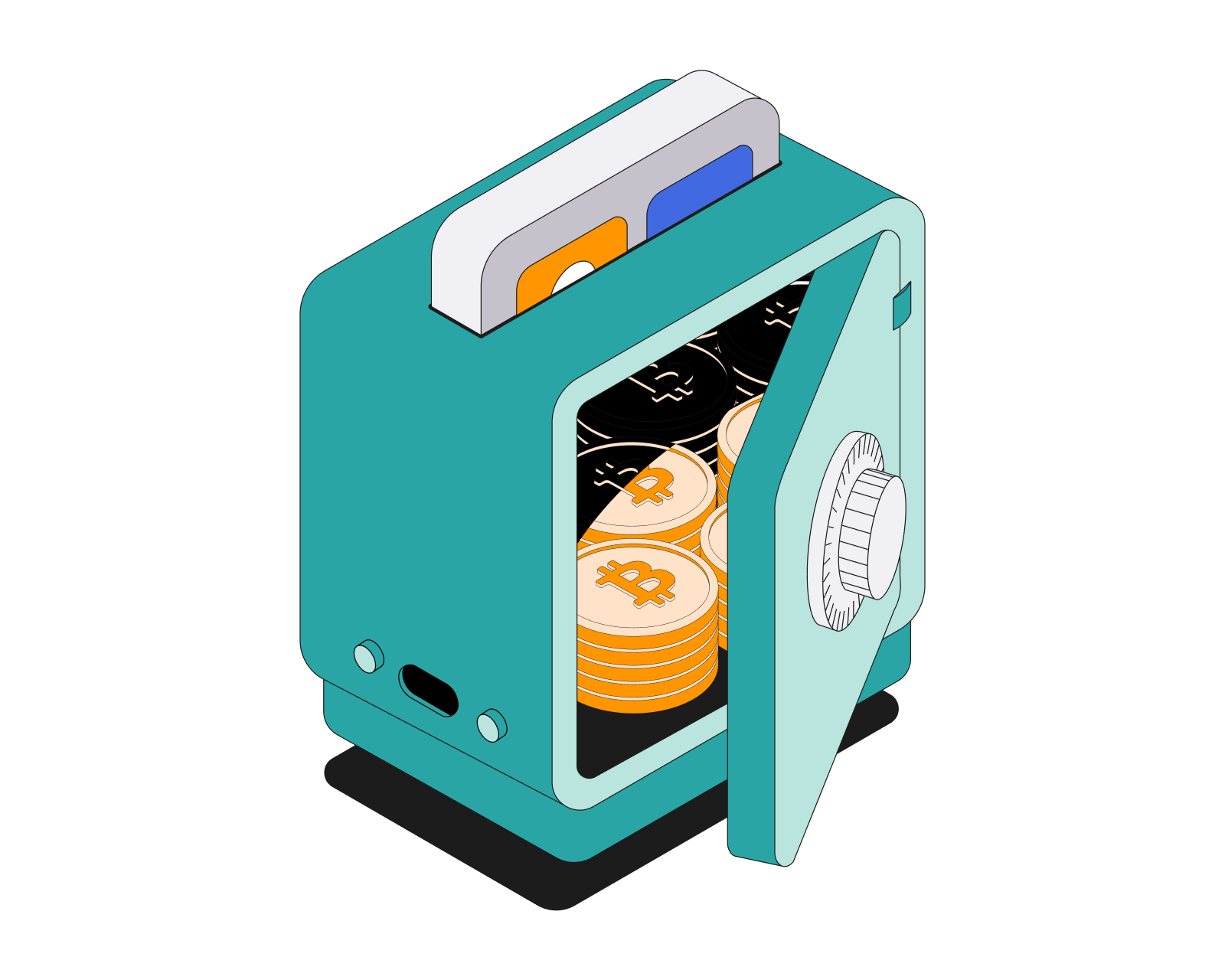
How do I keep my cryptoassets safe?
Make sure your cryptoassets are safe with these simple tips.
Read this article →
How do I keep my cryptoassets safe?
Make sure your cryptoassets are safe with these simple tips.
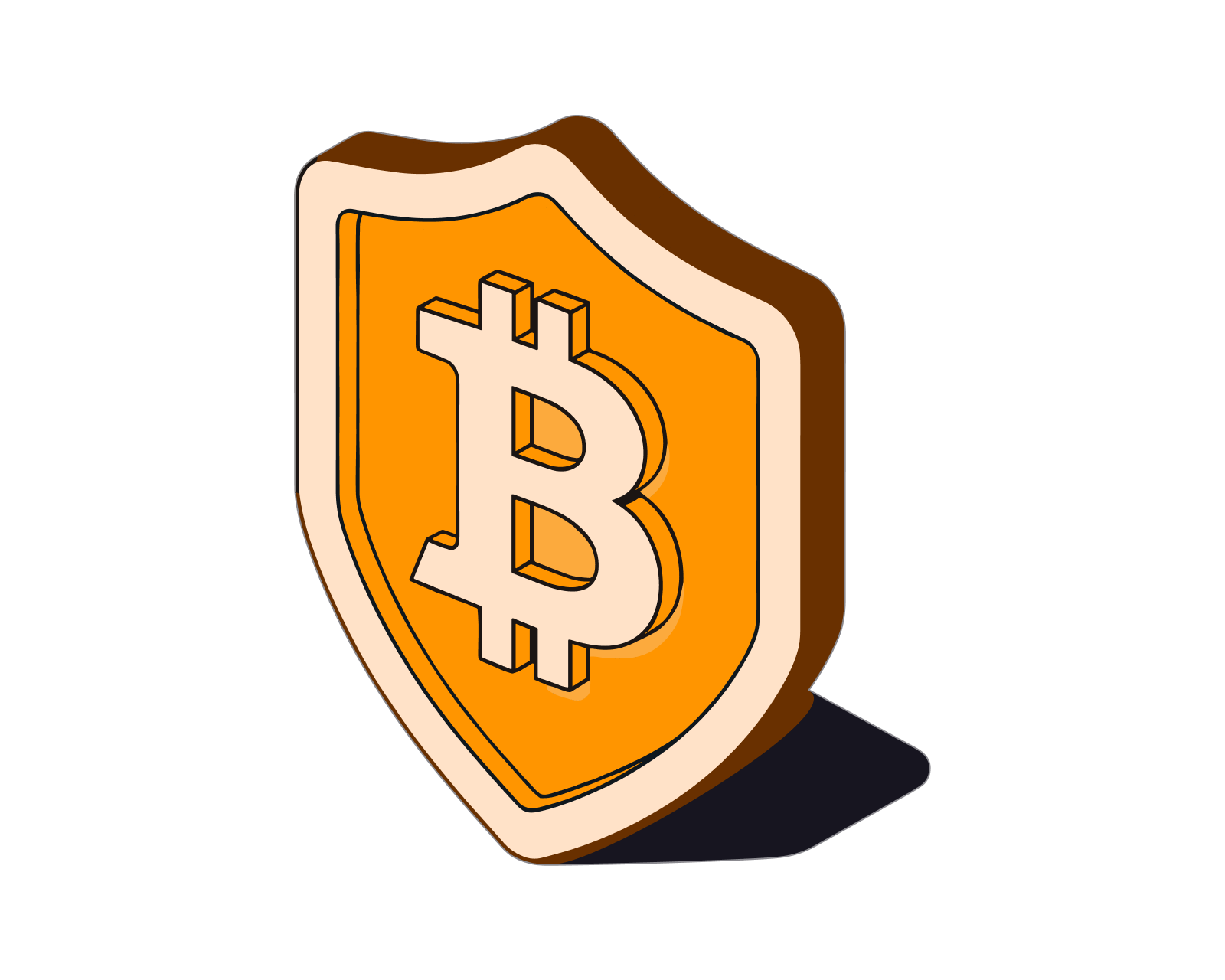
What's a 'self-custodial' wallet?
Understand how the self-custodial model puts you in charge of your cryptoassets and protects you from third-party risk.
Read this article →
What's a 'self-custodial' wallet?
Understand how the self-custodial model puts you in charge of your cryptoassets and protects you from third-party risk.

What is DeFi?
Learn what makes decentralized finance (DeFi) apps work and how they compare to traditional financial products.
Read this article →
What is DeFi?
Learn what makes decentralized finance (DeFi) apps work and how they compare to traditional financial products.
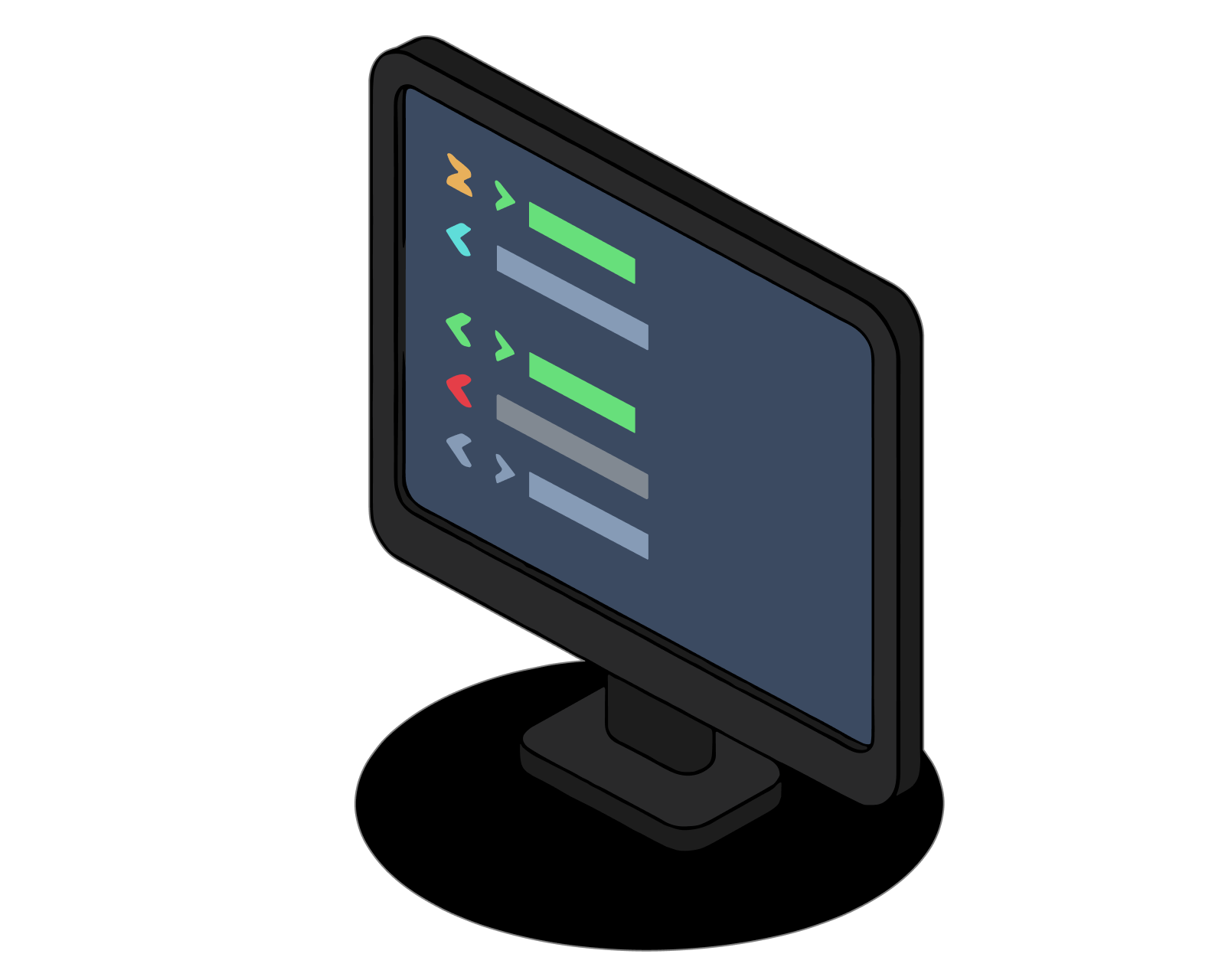
What is a DEX?
A decentralized exchange (DEX) is a type of exchange that specializes in peer-to-peer transactions of cryptocurrencies and digital assets. Unlike centralized exchanges (CEXs), DEXs do not require a trusted third party, or intermediary, to facilitate the exchange of cryptoassets.
Read this article →
What is a DEX?
A decentralized exchange (DEX) is a type of exchange that specializes in peer-to-peer transactions of cryptocurrencies and digital assets. Unlike centralized exchanges (CEXs), DEXs do not require a trusted third party, or intermediary, to facilitate the exchange of cryptoassets.
STAY AHEAD IN CRYPTO
Stay ahead in crypto with our weekly newsletter delivering the insights that matter most
Weekly crypto news, curated for you
Actionable insights and educational tips
Updates on products fueling economic freedom
No spam. Unsubscribe anytime.



Start investing safely with the Bitcoin.com Wallet
Over wallets created so far
Everything you need to buy, sell, trade, and invest your Bitcoin and cryptocurrency securely

© 2025 Saint Bitts LLC Bitcoin.com. All rights reserved


